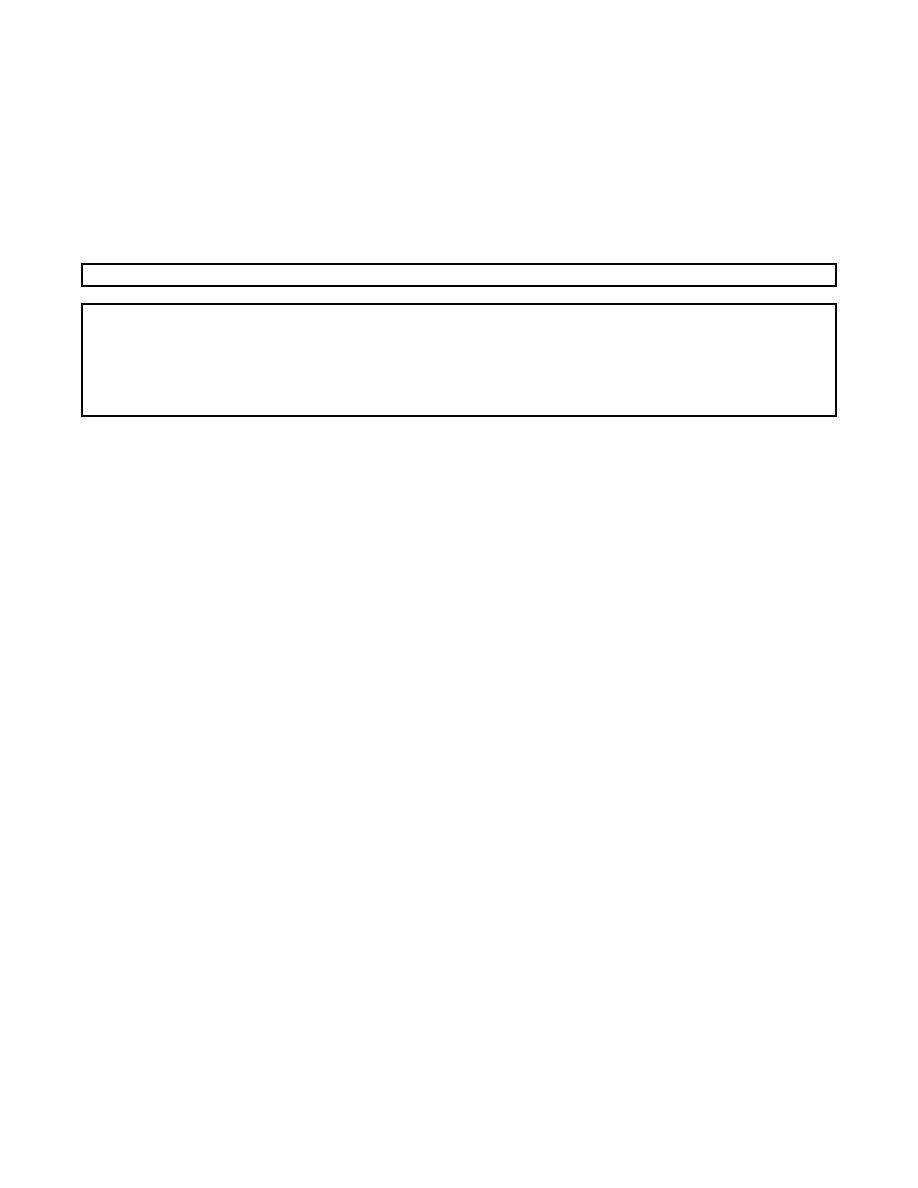
| Tweet |

Custom Search
|
|

|
||
 TB 55-1900-232-10
ATTACHMENT A to APPENDIX F: TOWING HAWSER LOG
1.
The Towing Hawser Log is intended for use m connection with both wire rope and fiber line hawsers.
It may be used to record other towline components as well. The Towing Hawser Log should be kept
in a standard record book. A separate book or separate section of the same book should be kept for
each component.
2. The log for any towing hawser or other component consists of three parts, as detailed below.
NOTE
In measuring any rope length and identifying (mapping) a spot along the hawser, always measure back
from the original outboard end. If hawser is end-for-ended, do the same, but carefully measure the
entire length when end-for-ending and precisely log the conversion technique to be used in
subsequent mapping. If the hawser is shortened to install a new end fitting, hold to original measuring
system; that is, measure as if it were still all there, but note in the comments section that the hawser
has been shortened for installation of a new end fitting.
PART A: NEW ROPE (HAWSER OR COMPONENT) ENTRY
Record data as follows.
1. Date and place of installation.
2. Identification of installer (ship's force, yard, etc.).
3. Method of installation. Was line put on drum under back tension? If so, what was tension? How was
tension applied? If not applied, what was done to ensure a tight spool?
4. Comprehensive description of new item. In the case of wire rope and fiber line, include material
(wire: IPS, EIPS, stainless, etc, fiber: manila, polypropylene, etc.); size (wire: rope-diameter, fiber
line: circumference), and breaking strength. Ensure that the Federal Stock Number and any other
specifications are included.
5. Details of line construction as found on tag attached or tacked onto shipping reel. Paste tag in log if
possible, or add Xerox copy to towing log, as appropriate.
6. Manufacturer of rope or line (obtain from tag or shipping reel).
7. Date of manufacture of basic rope/line/chain. Also, date of any rigging loft work.
8. Source of rope (NSC; private supplier; etc).
9
Details of end fittings, both ends. Paste a Polaroid photo in log. Provide details of splices and
servings for synthetic hawsers and springs.
10. Record any other observations of t e hawser, component or pendant, such as degree of lubrication or
h
appearance of light film of rust, discoloration, damage, etc Include observations from internal
inspection of rope or line.
PART B: OPERATIONS ENTRY
Record for every employment of the hawser or component:
1. Description of basic employment, such as: towing a DD, hauling on a wreck, etc.
2. Duration of use (days/hours).
3. Scope of tow hawser used (if varied, cite maximum and minimum scopes).
4. Maximum strains experienced by hawser or component. This may come from towing machine or
other strain measuring instrumentation . Include notations of weather on trip.
F-3
|
||
 |
||